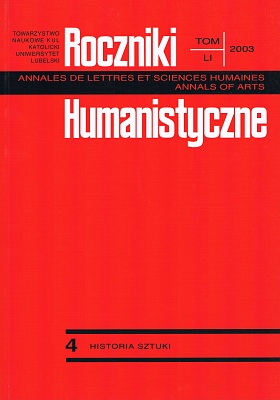Fellowship at a Table the Scenes from the Banquets in Late Antiquity
Abstract
The following scenes from the Roman banquets of the 3rd and 4th centuries have been compared: from Rome where owing to good conditions many such scenes have survived – they were painted on the walls of tombs in underground Christian catacombs or carved on sarcophagi, both pagan and Christian; from Africa Proconsularis, e.g. the scene of the banquet of gladiators on the mosaic of the Roman house from Thysdrus (El Dz˙em, Tunisia); from Palestine also a single example of the preserved scene of a feast from the Roman house in Sefforis (Israel); and from ancient Scytia Minor - an example of the painting from the Christian tomb in Tomis (Constant¸a, Romania). Irrespective of the various character of the presented banquets among pagans of Christians, both a family meal at home; and a tomb banquet held mostly outdoors; or else a gladiator’s banquet before venatio; all these scenes are combined by the same joyful atmosphere and friendly fellowship at a table with the company lying on a semicircular bed, eating bread, fish or chicken, or drinking wine from goblets that was brought to them in jars by slaves.
Copyright (c) 2003 Roczniki Humanistyczne

This work is licensed under a Creative Commons Attribution-NonCommercial-NoDerivatives 4.0 International License.





